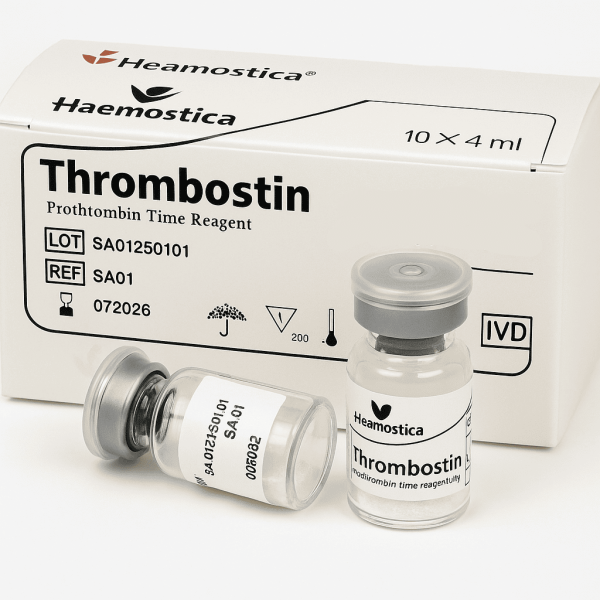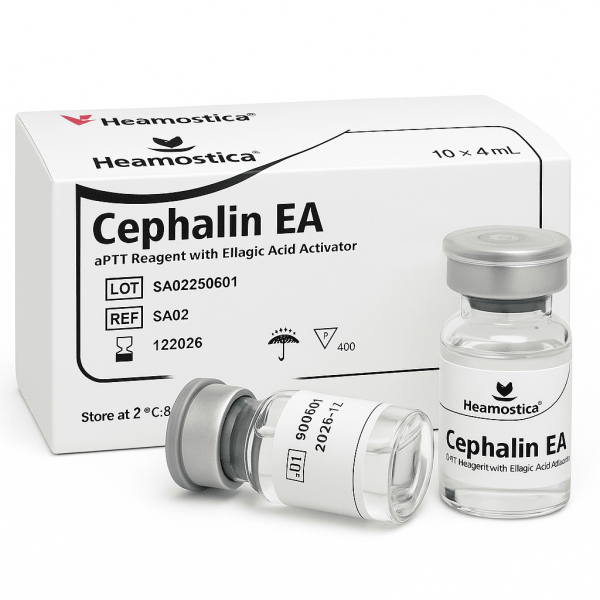Introduction: Why Validation Matters in Hemostasis Testing
Hemostasis tests, including prothrombin time (PT), activated partial thromboplastin time (aPTT), and specialized assays (e.g., factor VIII activity), play a crucial role in diagnosing and managing bleeding and thrombotic disorders. These tests are highly sensitive to pre-analytical, analytical, and post-analytical factors, making rigorous validation essential
Validation is not just a regulatory requirement—it ensures that laboratory tests produce accurate and reliable results, directly impacting patient safety and clinical decision-making. Institutions like the Clinical and Laboratory Standards Institute (CLSI) provide structured frameworks to help laboratories establish accuracy, precision, and reproducibility in their testing procedures.
Key Stages of Laboratory Test Validation
- Defining Measurement Ranges
Each test operates within defined analytical limits:
- Analytical Measurement Range (AMR): The range over which an analyte can be measured without dilution.
- Limit of Detection (LOD): The lowest concentration that can be reliably detected.
- Limit of Quantification (LOQ): The lowest concentration that can be reliably quantified.
Example: A fibrinogen assay must detect both low levels (e.g., in hypofibrinogenemia) and high levels (e.g., in hyperfibrinogenemia) with precision.
- Precision and Imprecision Assessment
Precision ensures consistency across repeated measurements:
- Intra-assay precision: Consistency of results within a single run.
- Inter-assay precision: Reproducibility across multiple runs and different operators.
- Coefficient of Variation (CV): A CV below 5% is typically acceptable for coagulation assays.
- Accuracy Verification
Accuracy is established by comparing test results with:
- Reference methods (e.g., manual clotting assays).
- Certified control samples with known values.
- Comparison studies using validated instruments.
Example: A properly validated PT assay should detect extrinsic pathway abnormalities accurately, regardless of reagent or instrumentation variations.
- Stability and Linearity Evaluation
- Stability testing assesses how assay performance is affected by storage conditions, temperature fluctuations, and reagent stability.
- Linearity testing ensures that results remain proportional across different analyte concentrations.
Performance Monitoring: Continuous Quality Control in Hemostasis Testing
Even after validation, ongoing performance monitoring is essential:
Internal Quality Control (IQC)
- Daily precision assessments using normal and abnormal plasma controls.
- Deviations beyond acceptable limits (e.g., ±2 standard deviations) may indicate calibration issues.
External Quality Assessment (EQA)
- Participation in EQA programs ensures interlaboratory standardization.
- Proficiency testing helps identify and correct method discrepancies.
Reference Ranges: A Critical Factor in Result Interpretation
No laboratory result is meaningful without appropriate reference ranges, which vary due to:
- Biological factors (age, sex, ethnicity).
- Methodological differences (e.g., automated vs. manual coagulometers).
CLSI EP28-A3 guidelines recommend analyzing at least 120 healthy individuals per demographic group to determine valid reference ranges.
Example: PT reference ranges for adults (typically 11-14 seconds) differ in neonates due to developmental hemostatic variations.
Common Validation Pitfalls and How to Avoid Them
| Pitfall | Consequence | Solution |
| Inadequate precision testing | Inconsistent results | Ensure proper control sample use and statistical validation. |
| Failure to verify accuracy | Misdiagnosis risk | Compare results with reference methods and conduct peer review. |
| Poor reagent stability assessment | Assay variability | Store reagents per manufacturer guidelines and monitor batch-to-batch consistency. |
| Overlooking reference range variability | Incorrect result interpretation | Establish laboratory-specific reference intervals using CLSI guidelines. |
International Standards and Guidelines
To ensure global standardization, laboratories should adhere to:
- CLSI guidelines (e.g., CLSI H47-A2 for coagulation testing).
- ISO 15189 (standards for medical laboratory quality management).
- WHO reference standards for thromboplastins and calibration.
Practical Recommendations for Hemostasis Laboratories
✅ Thorough Validation: Before implementing a new assay, verify its accuracy using control samples.
✅ Continuous Quality Monitoring: Use Levey-Jennings charts to detect trends in quality control.
✅ Tailored Reference Ranges: Adjust ranges for specific populations (e.g., pediatric vs. geriatric patients).
✅ Adherence to International Standards: Align laboratory practices with CLSI and ISO guidelines for optimal performance.
Conclusion: The Future of Quality in Hemostasis Testing
Ensuring accuracy and reliability in hemostasis testing is critical for clinical confidence and patient safety. A well-validated test, continuously monitored and supported by defined reference ranges, strengthens diagnostic precision—whether for anticoagulation therapy monitoring or identifying bleeding disorders.
At Heamostica, we emphasize adherence to international standards, not just for individual laboratory excellence but to advance the broader field of hemostasis and thrombosis.


